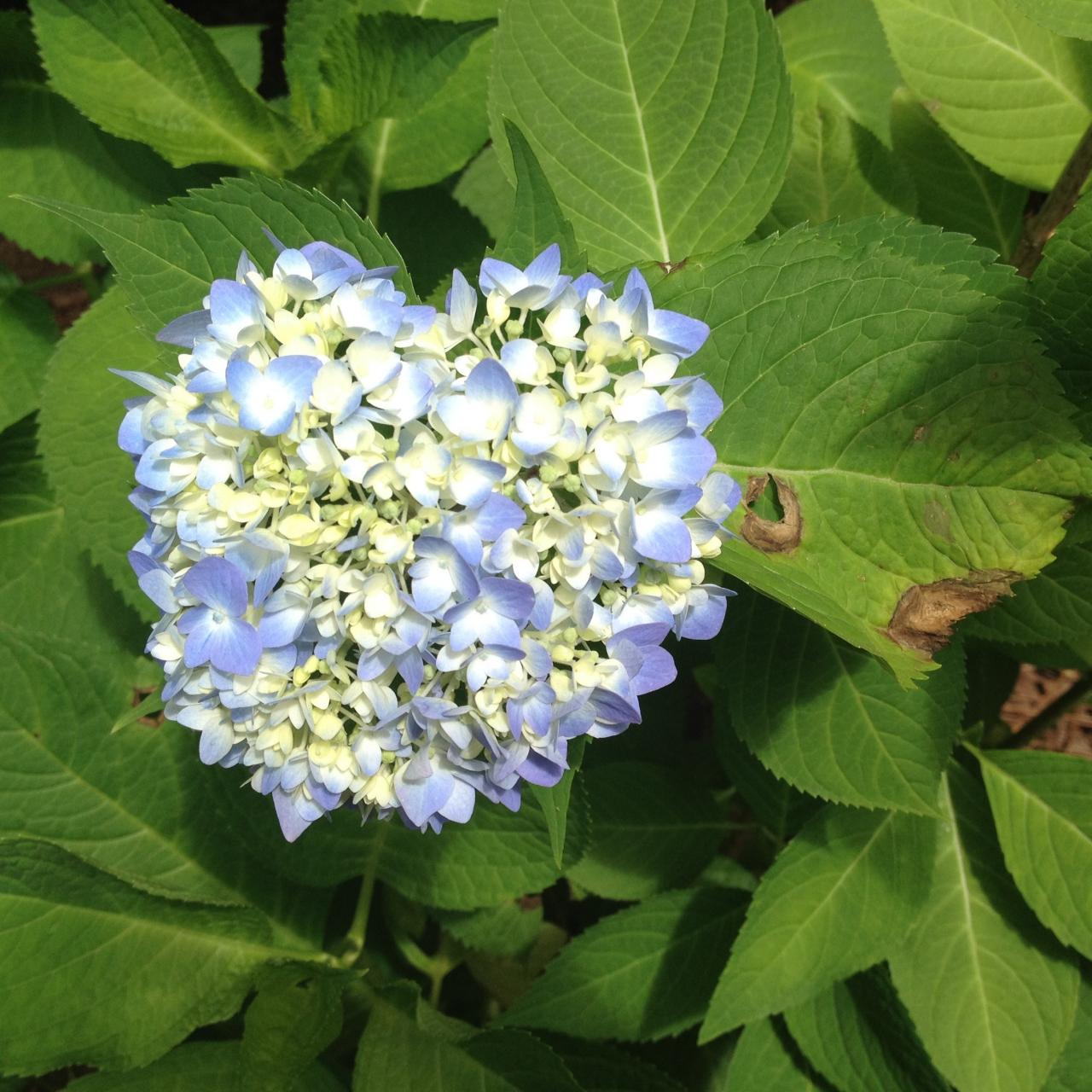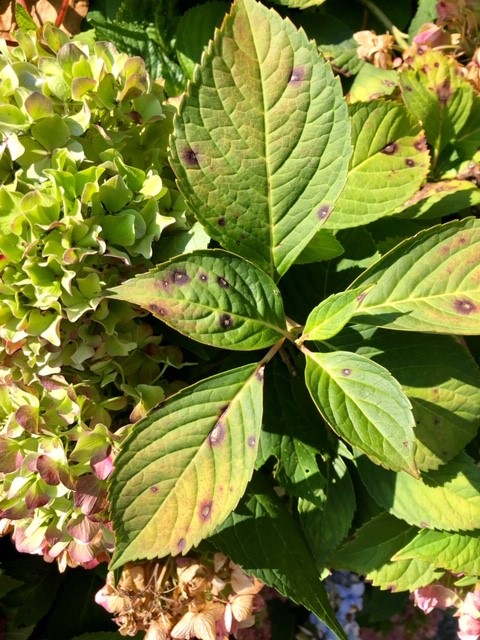The Greatest Guide To Hydrangea Leaves Turning Yellow
Wiki Article
Our Hydrangea Leaves Turning Yellow Diaries
Table of ContentsWhat Does Hydrangea Leaves Turning Yellow Do?How Hydrangea Leaves Turning Yellow can Save You Time, Stress, and Money.The Single Strategy To Use For Hydrangea Leaves Turning YellowHydrangea Leaves Turning Yellow Can Be Fun For Everyone
Big fallen leaves commonly look sagging during the mid-day heat. When they fail to perk up in the night or still look shrivelled in the early morning, your plant could be overwatered.Get rid of the plant from the dirt and trim out any roots that aren't white and turgid (plump). Replant in a new location or work some sand into the dirt for much better drain.
Add a little bit of distilled water, stir the components, and drain pipes the extra water. Place a p, H screening strip in and wait for a reading.
The very best way to do that is with soil amendments. Sphagnum moss or peat moss avoids the soil from compacting and betters soil water drainage while additionally increasing the soil's level of acidity. You can spread sulfur chips in your hydrangea dirt as well. The simplest way is to merely make use of a plant food that assists maintain the proper acidity in the soil while likewise feeding the plant.
About Hydrangea Leaves Turning Yellow
This is one great factor to repot houseplants routinely (though there are others, such as origin advancement for example). It is additionally why houseplants call for a much more stringent feeding regular than many outside plants. When a hydrangea houseplant is deficient in nutrients, its fallen leaves will certainly be the first to show the indications.
The majority of liquid fertilizer needs dilution with water to minimize the focus somewhat. You will likewise require to fertilize the plant manually and normal intervals. When spring starts in March, it's the active growing season for lots of houseplants, consisting of hydrangeas. At this moment, you ought to begin your feeding routine. Apply liquid plant food to your hydrangea because this stuff, as I pointed out previously, is fast-releasing.
The dripline is the location located under the foliage that is the outermost far from the center of the plant. So instead of using feed to the center of the plant it is best to focus it mainly in the external areas of the pot. If you would certainly rather utilize a slow-release plant food such as granular or spike plant food, then cover either type with some soil after you put them.
The Main Principles Of Hydrangea Leaves Turning Yellow

Although the hydrangea is remarkably frost-resistant, once temperatures begin getting involved in the 20s, the plant is in serious danger. If the temperatures are in the low 10s, that risk is extra extreme still. Undoubtedly this is even more of a worry with outdoor plants so if you maintain potted hydrangea outside you must bring them indoors in very cool weather condition problems and even take into consideration transferring them inside for the period of the wintertime.

A dehydrated hydrangea, A huge trouble with numerous houseplants is origin rot. Origin rot happens when you overwater a plant and due to the fact that it is such a typical issue (particularly with succulents) many houseplant owners are frightened of overwatering their plants. Nevertheless, hydrangeas need even more watering that many other typical houseplants and can come to be dried out when they are underwatered (Hydrangea Leaves Turning Yellow).
Hydrangea Leaves Turning Yellow - An Overview
They need large amounts of water, however they additionally hate to grow in standing water or water drenched dirt. Be absolutely certain that your hydrangea is dried out because of a lack of water and not as a result of it be provided excessive water (extra on this later). Be aware before you grab that watering can that an overwatered hydrangea presents the exact same signs and symptoms as an underwatered one! Though overwatering is a significant issue if you stint its water needs even a little bit, your hydrangea will be fast to reveal it.The most effective method to identify if your hydrangea is underwater is to check the wetness degrees in the dirt. By using an effective but affordable dampness and p, H tester, or by sticking your finger into the dirt, you will swiftly inform if the plant requires water. So, to obtain your hydrangea watering behaviors on the appropriate track, you require to be conscious concerning the click here to read moisture degrees in its soil.
When you eliminate your finger from wet dirt it will certainly have percentages of soil residue adhered to it. Dry dirt will mean your finger comes out clean or with completely dry dirt that is quickly blown away. If it's damp, and the plant has yellow fallen leaves then the plant has actually likely been overwatered and you will require to comply with the dig this suggestions provided in the section listed below.
Report this wiki page